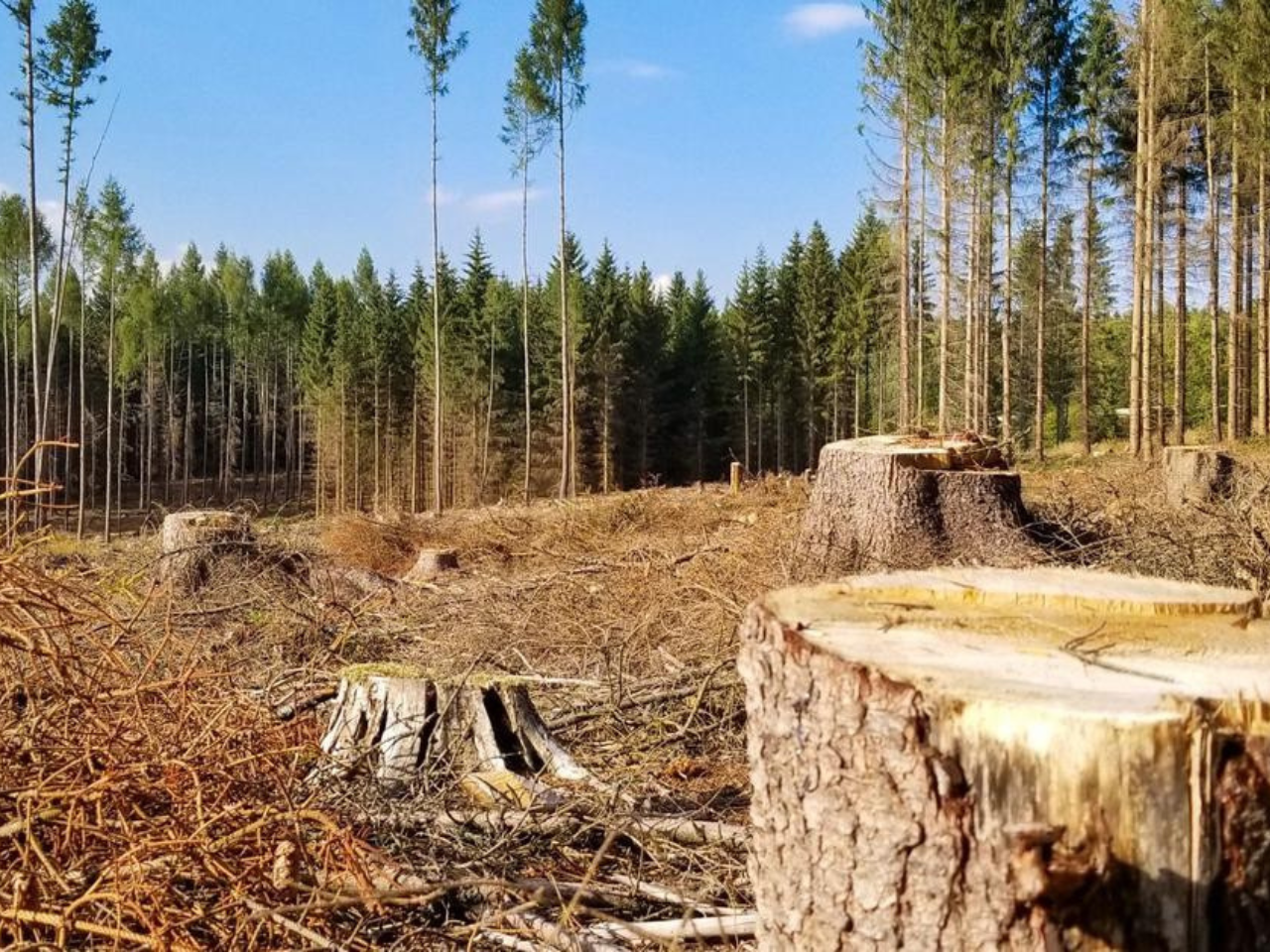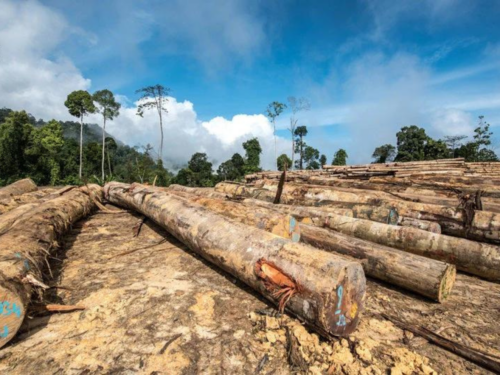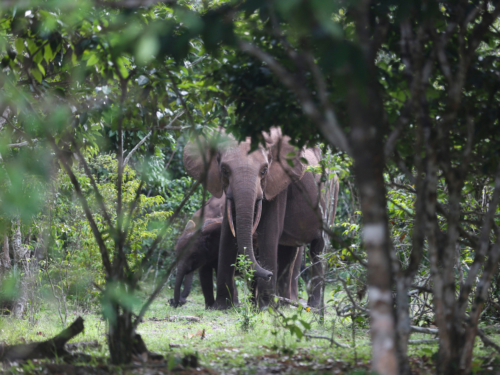In a world where environmental concerns are more pressing than ever, Innovative companies are redefining their businesses by prioritizing sustainability and biodiversity conservation.
Starboard plays a significant role in biodiversity conservation by integrating sustainable practices throughout its operations. By moving towards eco-friendly materials in equipment production and promoting responsible water usage, our company is working to minimize its ecological footprint. We also support conservation through our partnerships with organizations such as Worldview International Foundation, Parley, Protect Blue and Trash Hero. Starboard also funds regular beach clean-ups through our Plastic Offset Program and runs education programs about environmental protection.
A big portion of Starboards conservation efforts take place in Myanmar. This is where we plant mangroves to offset our carbon emissions, and where we launched our 2nd and 3rd Plastic Offset Program chapters to clean beaches and support local communities. It is important to understand why we are supporting conservation in Myanmar in particular. Myanmar, a country known for its rich cultural heritage and diverse ecosystems, is facing a pressing environmental issue: biodiversity loss as a result of deforestation.
The Importance of Myanmar’s Rain forests for Biodiversity
Myanmar’s rain forests are some of the most biodiversity and ecologically significant areas on the planet. They house a vast array of plant and animal species, many of which are found nowhere else. These rainforests play a crucial role in maintaining global biodiversity, regulating climate patterns, and supporting local communities.
Deforestation and biodiversity loss in Myanmar’s rain forests pose a significant threat not only to the country’s unique natural heritage but also to global ecological stability. Therefore, urgent and coordinated action is needed to address the underlying causes of deforestation, promote sustainable land use practices, and ensure the long-term survival of these vital ecosystems.
Causes of Deforestation
Agricultural Expansion: One of the primary drivers of deforestation in Myanmar’s rain forests is the conversion of forested land for agriculture. As a result of subsistence farming and large-scale agriculture huge amounts of forest has been cleared for crops.
Logging: The demand for timber and other forest products has fueled unsustainable logging practices. Illegal logging, often driven by the lucrative global trade in timber, has contributed to the degradation of Myanmar’s rain forests.
Infrastructure Development: The construction of roads, highways, and other infrastructure projects often leads to deforestation as trees are cleared to make way for these developments.
Mining: Mineral extraction activities, including mining for precious gems and minerals, have led to significant deforestation in Myanmar’s rain forests.
Consequences of Deforestation and Biodiversity Loss
Loss of Biodiversity: The most immediate and alarming consequence of deforestation is the loss of biodiversity. Many plant and animal species that depend on these rain forests for their survival and due to deforestation are now at risk of extinction. The disruption of ecosystems can lead to a domino effect, affecting entire food chains and ecological interactions.
Climate Change: Rainforests act as carbon sinks, meaning that they absorb huge amounts of carbon dioxide from the atmosphere. Deforestation releases this stored carbon back into the atmosphere, contributing to global climate change. Therefore exacerbating the ongoing climate crisis.
Disruption of Indigenous Communities: Many indigenous communities in Myanmar have traditional connections to the rain forests, relying on them for sustenance, cultural practices, and spiritual well-being. Deforestation threatens these communities’ way of life, displacing them and eroding their cultural heritage.
Erosion and Soil Degradation: The removal of trees and vegetation exposes soil to erosion by wind and rain. As a result, the soil degrades faster, reducing agricultural productivity, and increasing vulnerability to landslides.
Solutions and Conservation Efforts
Protected Areas and Reserves: Establishing and effectively managing protected areas and wildlife reserves can help safeguard critical rain forest habitats and biodiversity.
Sustainable Logging Practices: Enforcing sustainable logging practices and regulations can effectively mitigate the negative impacts of logging. Therefore enabling responsible use of forest resources.
Forestry: Promoting forestry, an inherently sustainable land use approach, effectively combines agriculture and forestry.
International Cooperation: Collaborative efforts between governments, NGOs, and international organizations are crucial for addressing the global nature of deforestation and biodiversity loss.













